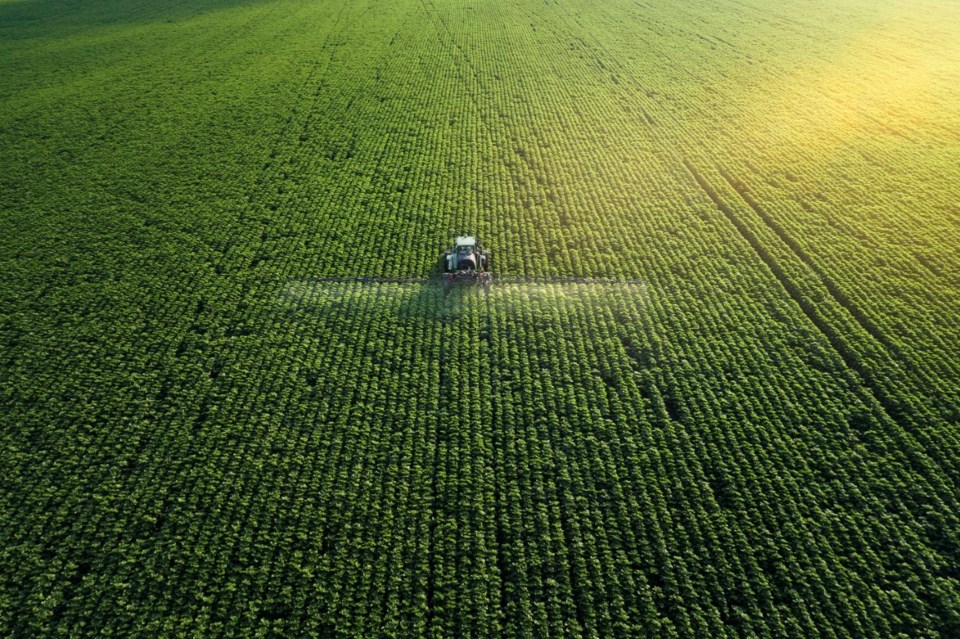The fertilizer ban that never was is politics, pure and simple. The fertilizer emissions reduction target is science, like it or not.
A 30 percent reduction in fertilizer emissions is not the same as a 30 percent ban on fertilizer use, despite what social media and many farmers have been led, or choose, to believe.
The fiction will do nothing but damage the public’s views about Canadian agriculture. Setting an arbitrary target for nitrous oxide emissions from nitrogen fertilizer, without doing extensive consultations with the industry, wasn’t smart on the part of the federal government. Failing to properly explain the policy in a timely way was downright stupid.
Yes, federal policy on fertilizer emissions reductions calls into question fertilizer use practices on this nation’s farms. And why shouldn’t those practices be examined? Farmers are doing things right.
Producers fear agricultural policies derived without consultation among those affected. Many are suspicious of anything governments want to impose that might change the way they operate, especially if it comes from a government that is not their preferred brand.
Some provincial politicians not of a Liberal stripe are adding fuel to the fire, suggesting that if elected they won’t enforce national policies and would challenge them under the Constitution or even the British North America Act. Others are tying this issue to farmer protests in Holland or even this winter’s border blockades and occupation of Parliament Hill.
Still others have linked the Canadian situation to that of Sri Lanka, suggesting our government wants to move Canadian agriculture to a fully organic model.
Neither the situation in the Netherlands nor the one in Sri Lanka describes what is proposed in Canada.
Farmers here have good reasons to be suspicious, though. The poor job of establishing the 30 percent reduction target for 2030 and then poorly communicating it could point to other faults.
About 60 million of the 90 million acres of cropland in Canada are on the Prairies. Forty percent of the national total are in Saskatchewan. So, when the federal government comes looking for reductions in fertilizer emissions, it makes farmers here nervous.
However, Ontario and Quebec are farming their 13 million acres in an
American Midwestern-type environment, which also means using higher rates of nitrogen application, surface spreading, tillage and higher rainfall. Those two provinces are likely better targets for large reductions in emissions.
Farmers in Western Canada are smarting from being told they are getting no credit in the current plan for everything they’ve already done to minimize fertilizer use and sequester carbon.
Talk of pathways to emissions reduction through organics or ill defined regenerative practices leave them worried about their futures.
But there are ways to reduce fertilizer emissions without necessarily reducing fertilizer use. Soil sampling could better indicate locations for best use and type.
Variable rate nutrient applications, where appropriate, could also result in lower emissions.
Cost and logistics must be factored in because those things do cost money. Let’s tell that story and see if some mitigation can be found.
To recap, there is no 30 percent ban on fertilizer in the government’s plan. The sooner folks stop talking nonsense and consider the realities, the better off we will be. Let’s try to leave the politics at the edge of the field and tell the real stories of farming.





